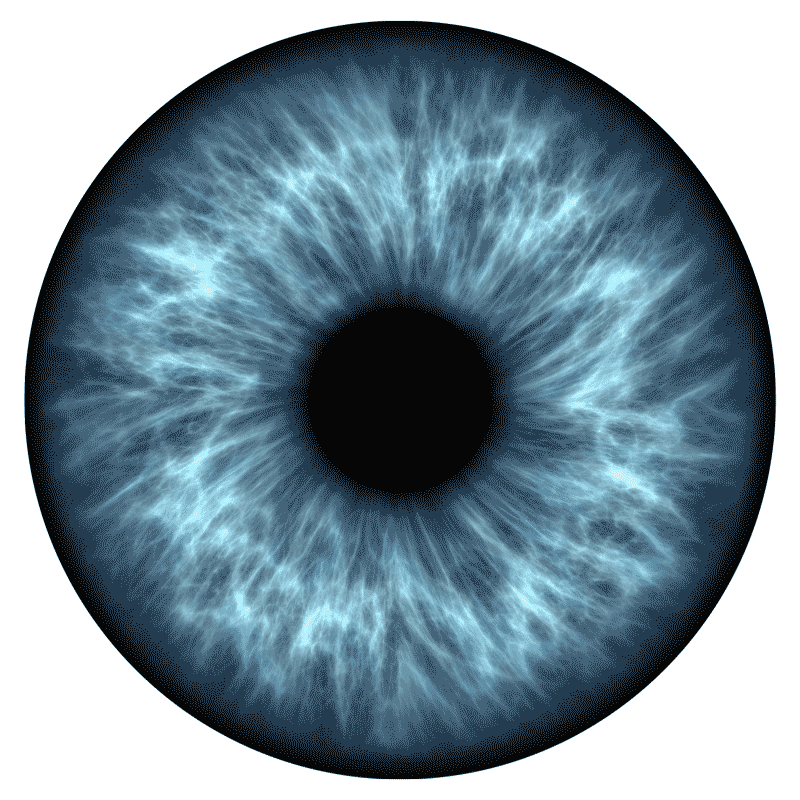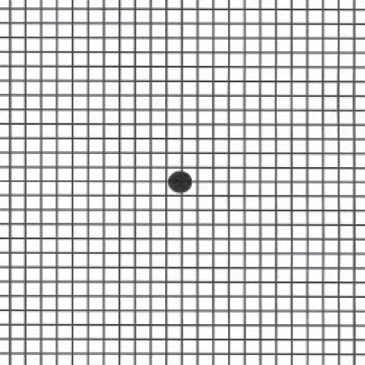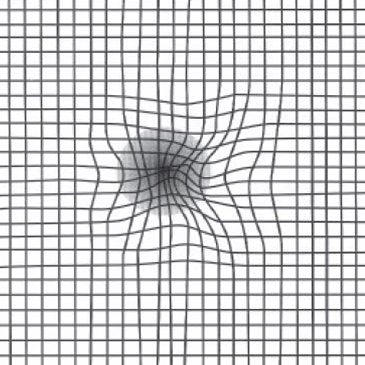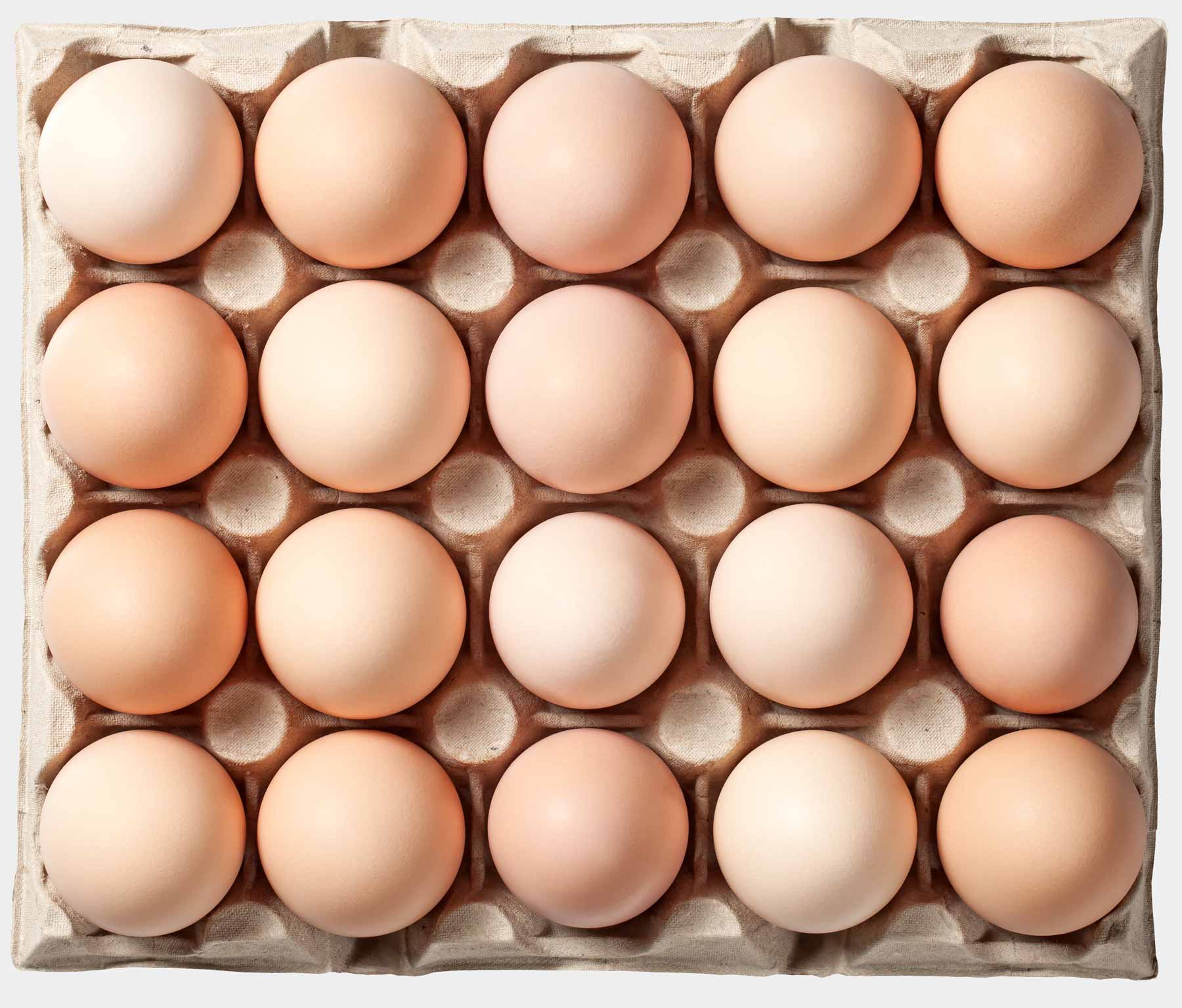The energy-intensity of blue light means it penetrates deep into the eye, to the macula lutea – or ‘yellow spot’ – at the centre of the retina, which provides detailed vision.
The yellow spot is rich in two carotenoids, lutein and zeaxanthin. They are antioxidants and help filter out harmful light.
Where the presence of lutein and zeaxanthin is low, blue light can damage the retinal nerve cell and cause a build-up of plaque in the eye. Over time, this can cause degenerative conditions that may affect macular health, resulting in blurred vision.
Degeneration of macular health is irreversible and can make it hard to do everyday activities, such as read, drive and cook.






